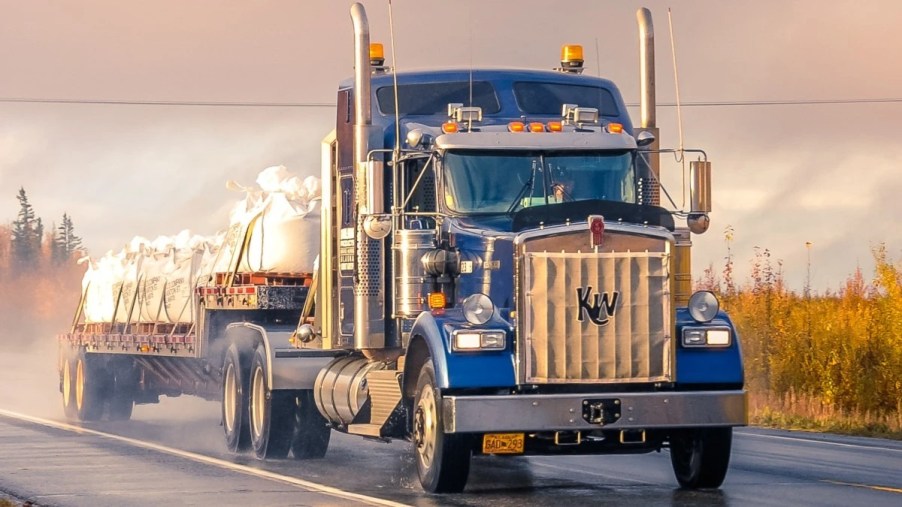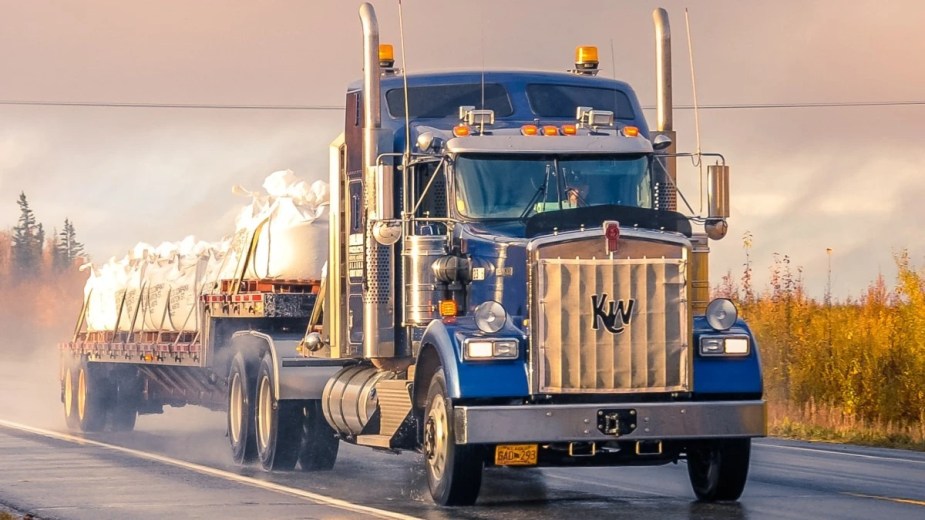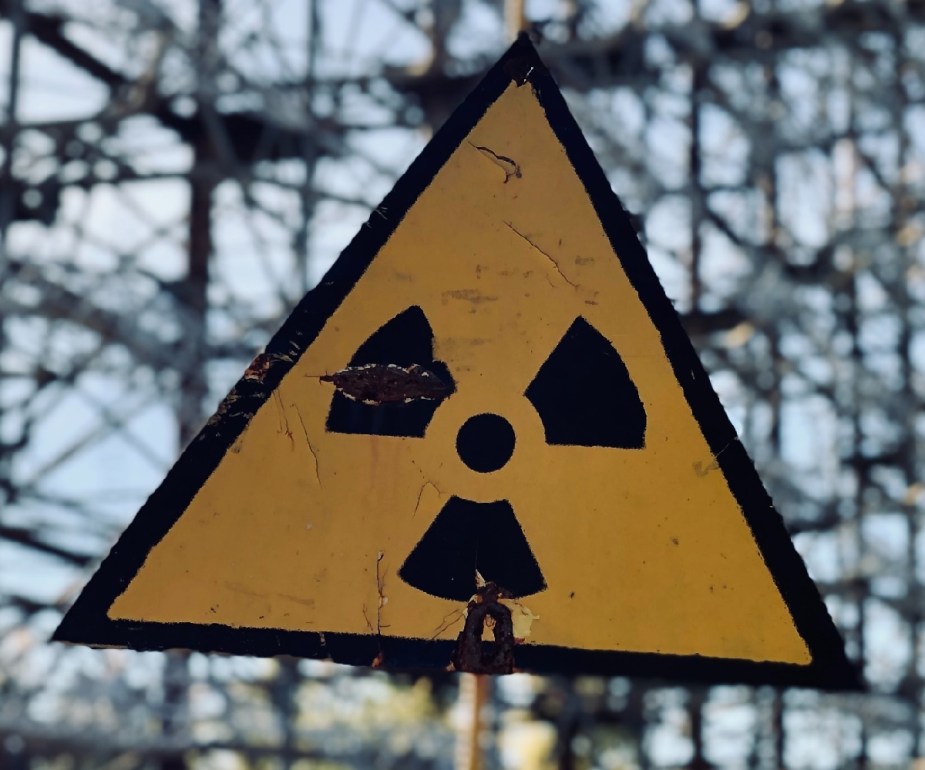
Dangerous Radioactive Device Lost After It Fell off Truck — Massive Search
The transportation of radioactive material is more prolific than many people realize. In the United States, every year, there are over three million shipments of radioactive material — and tens of millions more internationally. The shipments are completed in various ways, but the most common way is with trucks on highways. While there are tight regulations, there is the potential for catastrophe. Recently, in Australia, a dangerous radioactive device was lost after it fell off a semi-truck on a long stretch of a desert highway. There’s now a massive search underway, for no one knows where the device is located.
Mining company in Australia lost a radioactive capsule when it fell off a truck

The truck loaded the tiny radioactive device at the Gudai-Darri mine site in Western Australia on January 12. Measuring eight millimeters (around 0.3 inches) in length, the silver capsule contains Caesium-137, which emits the equivalent radiation of 10 X-rays per hour. The device is part of a gauge that the mining company used to measure the density of iron ore feed.
It’s a mystery regarding when and where the radioactive device fell off the truck. The workers didn’t realize it was missing until nearly two weeks after the truck’s departure — on January 25. They unpacked the truck for inspection — and found that the gauge containing the capsule was broken apart. As detailed by CNBC, the screws from the gauge were gone, and one of the four bolts was missing.
While no one knows for certain, authorities in Australia believe that vibrations from the truck caused the bolt and screws to come loose. After that, the radioactive device likely fell out of the package — and then through a gap in the truck.
Loss of device sparked a radiation alert in Western Australia — and a search along the 870-mile stretch of highway
The loss of the capsule sparked a radiation alert in Western Australia on January 27. Exposure to Caesium-137 can cause radiation burns and radiation sickness. If encountering the device, authorities recommend that people stay at least five meters (16.5 feet) away from it. Authorities also requested that drivers who traveled the same stretch of the Great Northern Highway check their car tires. This is due to the possibility of the capsule getting lodged in the tire tread.
There’s now an extensive search underway to find the capsule. However, this is a very difficult task. Along with the tiny size of the device, finding it is a challenge because of the long strength of the Great Northern Highway that the truck traveled. It started at the Gudai-Darri mine near the small town of Newman in the Kimberly region, then traveled 870 miles to a storage center near Perth.
To put that distance in perspective, it’s nearly the distance it takes to travel from the southern point of California at the Mexican border — to the northern state border with Oregon. It’s a daunting search. For the search, Western Australia’s emergency services department formed a hazard management team. Also, they brought specialized equipment, including radiation survey meters. The survey meters, which can operate from moving vehicles, detect radiation levels across a 20-meter (65.6-feet) radius.
Regulations and safety measures for shipping radioactive material

Trucks, airplanes, boats, and trains transport many different forms of radioactive material. Along with the mining gauge, uses for radioactive material include medicine, research, manufacturing, power generation, and the military. Transportation-related incidents like the one with the radioactive device falling off the truck in Australia are very rare. However, due to the danger and potential for disaster, there are regulations and safety measures.
As detailed by the EPA, the quantity of radiation is the biggest determining factor for how much the shipment is regulated — and how it is transported. If there’s minimal radioactivity, there are limited or no controls. However, highly radioactive material requires extra security and controlled routes. Also, in some cases, there are notifications to local and state officials. Additionally, transportation companies utilize special packaging and labeling when shipping radioactive material.
As mentioned earlier, most radioactive material is shipped via trucks on highways. For this method, the transportation companies carefully select the shipping routes, especially for highly radioactive material. Sometimes, there is a police escort for additional security. Furthermore, drivers that transport radioactive material must be trained in radiation emergency safety and basic radiation science.
2/1/2023 update: The Department of Fire and Emergency Services in Western Australia announced that a search crew found the radioactive capsule on the side of the road near the town of Newman.



